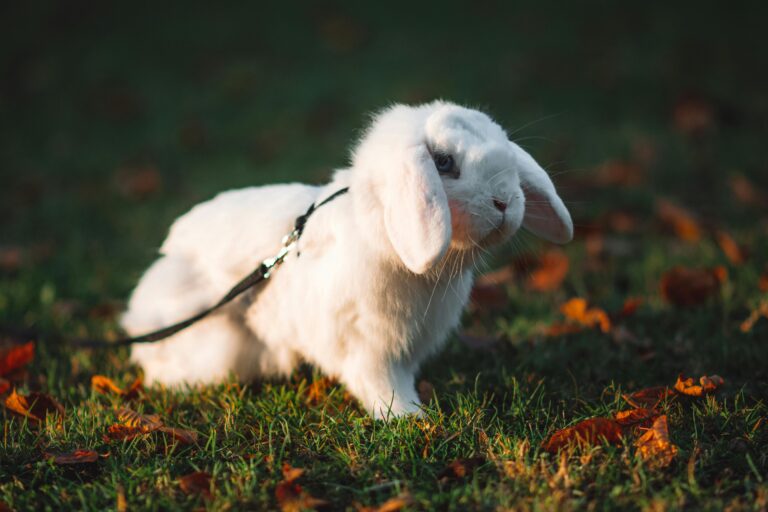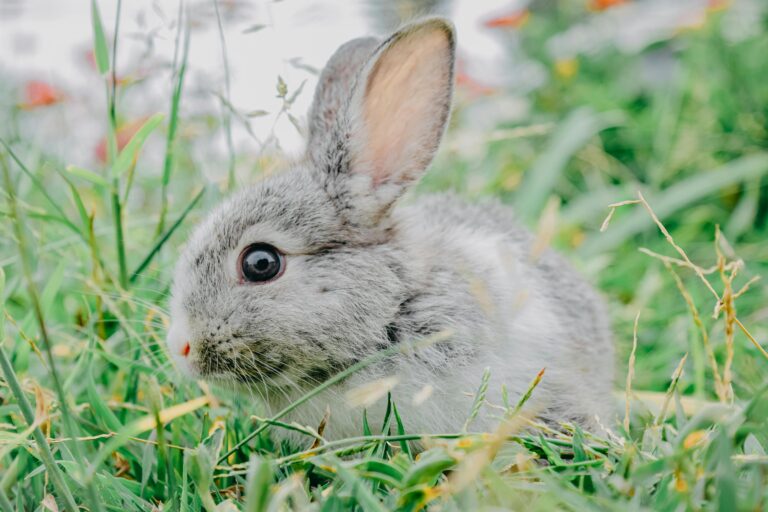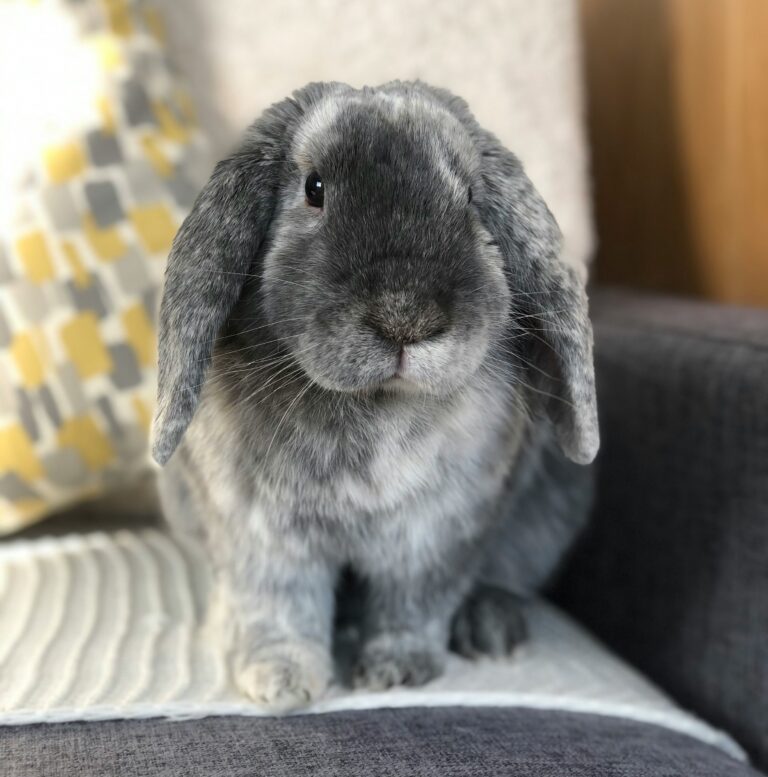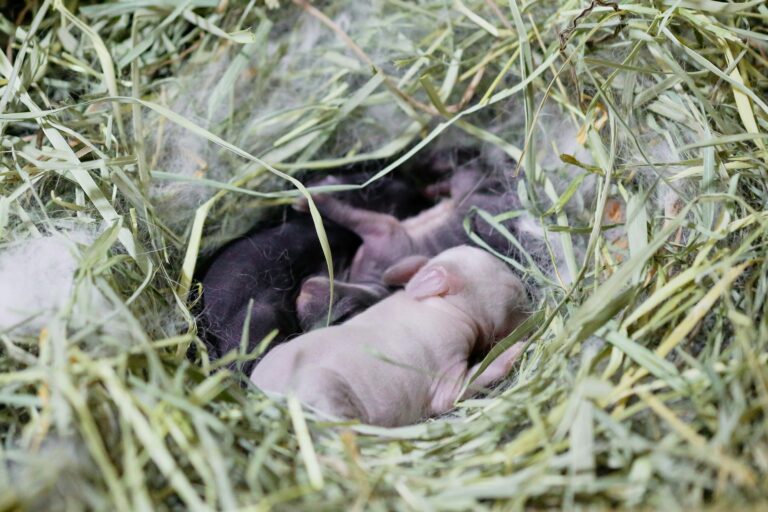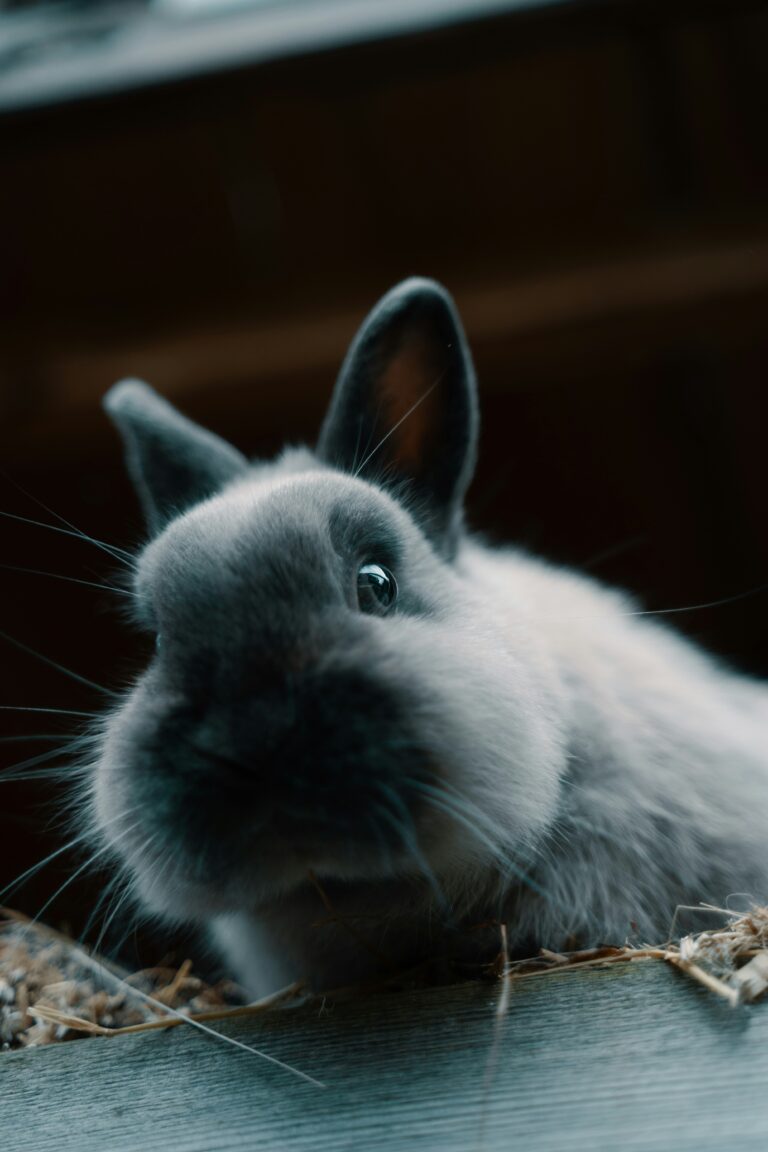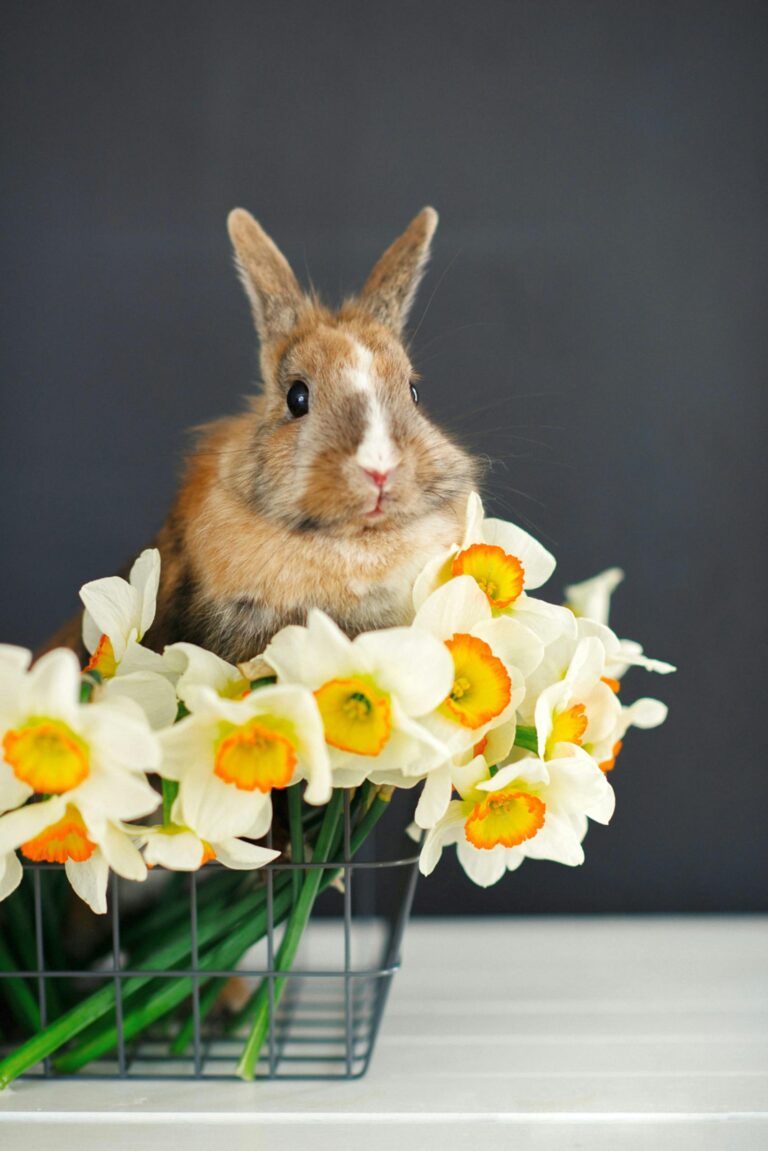Do Rabbits Purr? Understanding Rabbit Communication and Expression
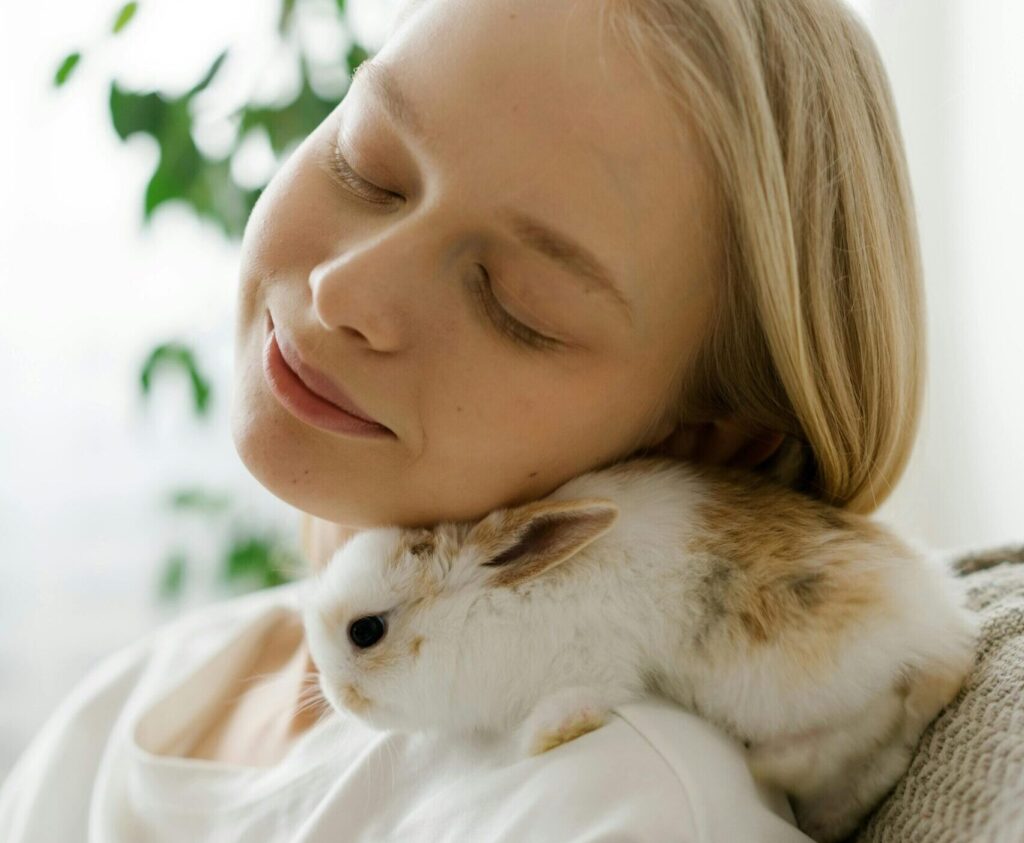
When we think of animals purring, cats usually come to mind. The soothing, rhythmic sound often signifies contentment and relaxation. But what about rabbits? Do they purr?
Surprisingly, the answer to that is yes.
While rabbits don’t purr in the same way cats do, they have their own unique ways of expressing contentment and other emotions. Understanding these behaviors can help rabbit owners better communicate with and care for their pets.
Understanding Rabbit Behavior
Rabbits are complex creatures with a range of vocalizations and body language that they use to express themselves. Unlike cats, whose purring is produced by the vibration of the vocal cords, rabbits don’t possess this mechanism. Instead, they use different sounds and behaviors to communicate.
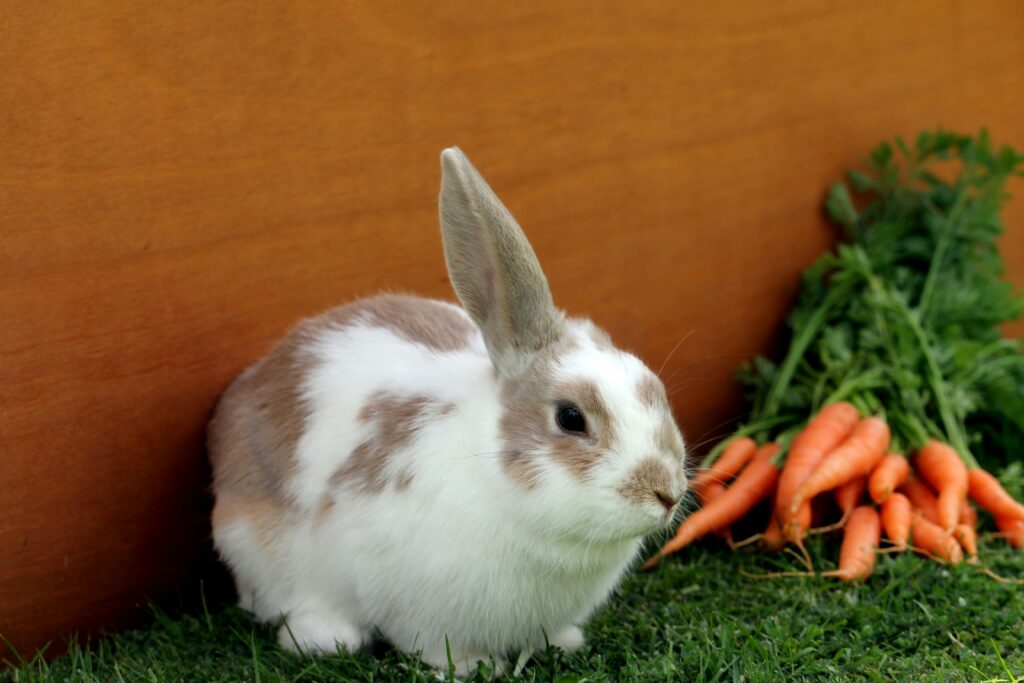
The Concept of Purring in Rabbits
While rabbits don’t purr in the traditional sense, they do produce a sound that is often referred to as “purring.” This sound is made by gently grinding their teeth together. Rabbit purring is usually a sign of contentment, much like a cat’s purr. When a rabbit is happy and relaxed, you might hear this soft, rhythmic grinding noise. It often occurs when a rabbit is being petted, lying comfortably, or enjoying a particularly tasty treat.
Differentiating Rabbit Sounds
It’s important to distinguish between the different sounds rabbits make, as not all are signs of happiness. Here are some key sounds and what they typically mean:
Tooth Grinding (Purring): As mentioned, this is a soft, gentle sound indicating contentment. It’s most commonly heard when a rabbit is feeling calm and secure.
Tooth Grinding (Loud): This is different from the soft purring sound. Loud tooth grinding can be a sign of pain or discomfort. If a rabbit is making this noise, it’s essential to check for any signs of illness or injury and consult a veterinarian.
Thumping: When a rabbit thumps its hind legs on the ground, it’s usually a warning signal. This behavior can indicate fear, anger, or alertness to potential danger.
Growling: A rabbit may growl when it feels threatened or territorial. This sound is often accompanied by aggressive behavior, such as lunging or biting.
Squealing: A high-pitched squeal typically indicates fear or severe pain. This sound is a distress call and should prompt immediate attention from the owner.

Body Language and Other Signs of Contentment
In addition to tooth grinding, rabbits have various other ways of showing they are happy and comfortable:
Binkying: This playful behavior involves the rabbit jumping into the air, twisting its body, and kicking its feet. Binkying is a clear sign of joy and excitement.
Flopping: When a rabbit flops onto its side and lies down, it indicates a state of complete relaxation and contentment. A rabbit feels safe and secure enough to let its guard down.
Nudging and Licking: Rabbits often nudge their owners with their noses or lick them as a sign of affection and bonding.
Relaxed Posture: A rabbit lying down with its legs stretched out behind or to the side shows that it is comfortable and at ease.
Creating a Happy Environment for Your Rabbit
To encourage these positive behaviors and ensure your rabbit is content, it’s crucial to provide a suitable living environment and proper care. Here are some tips:
Comfortable Habitat: Ensure your rabbit has a spacious and secure living area. This includes a large cage or pen with enough room to move around, as well as hiding spots where the rabbit can retreat for privacy.
Proper Nutrition: A balanced diet is essential for a rabbit’s health. Provide fresh hay, a variety of vegetables, and high quality pellets. Fresh water should always be available.
Mental Stimulation: Rabbits are intelligent animals that need mental stimulation. Provide toys, tunnels, and opportunities for exploration to keep them engaged and prevent boredom.
Social Interaction: Rabbits are social creatures that thrive on companionship. Spend time interacting with your rabbit daily, and consider getting a second rabbit if you have the means to care for both.
Regular Health Checks: Regular veterinary check-ups are crucial for detecting and preventing health issues. Keep an eye on your rabbit’s behavior and consult a vet if you notice any changes.
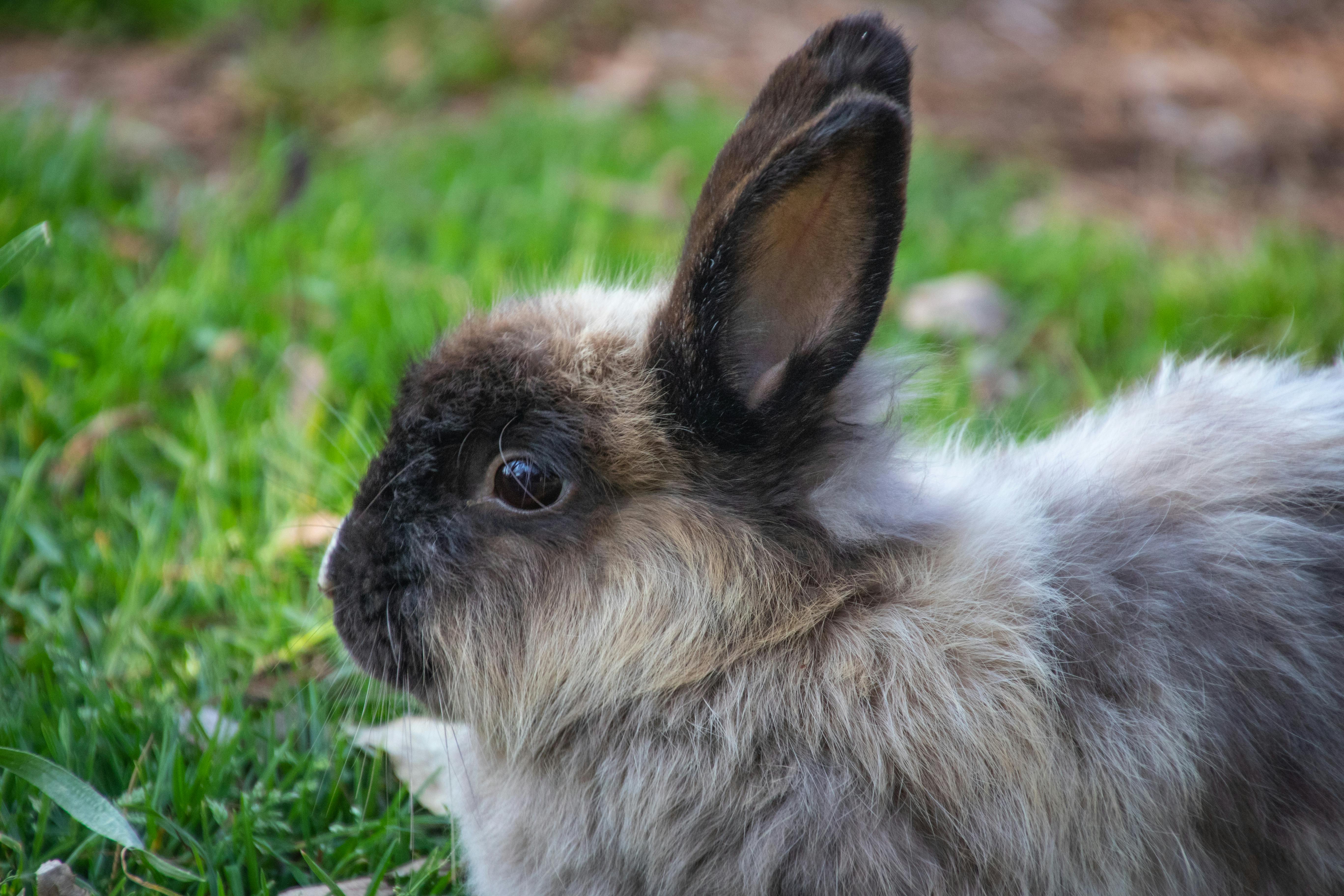
The Importance of Understanding Rabbit Communication
Understanding your rabbit’s sounds and behaviors is vital for building a strong bond and ensuring its well-being. Misinterpreting signals can lead to unnecessary stress or overlooking signs of distress. By recognizing and responding appropriately to your rabbit’s communication, you can create a harmonious and fulfilling relationship.
Common Misconceptions About Rabbit Behavior
There are several misconceptions about rabbit behavior that can lead to misunderstandings:
“Rabbits Are Silent Pets”: While rabbits are generally quieter than many other pets, they are not silent. They have a range of vocalizations and body language to express their feelings.
“Thumping Means Happiness”: Thumping is often misunderstood as a playful behavior, but it usually indicates fear or alarm.
“All Tooth Grinding Is the Same”: Not all tooth grinding is a sign of contentment. Loud tooth grinding is a serious indicator of pain and should not be ignored.
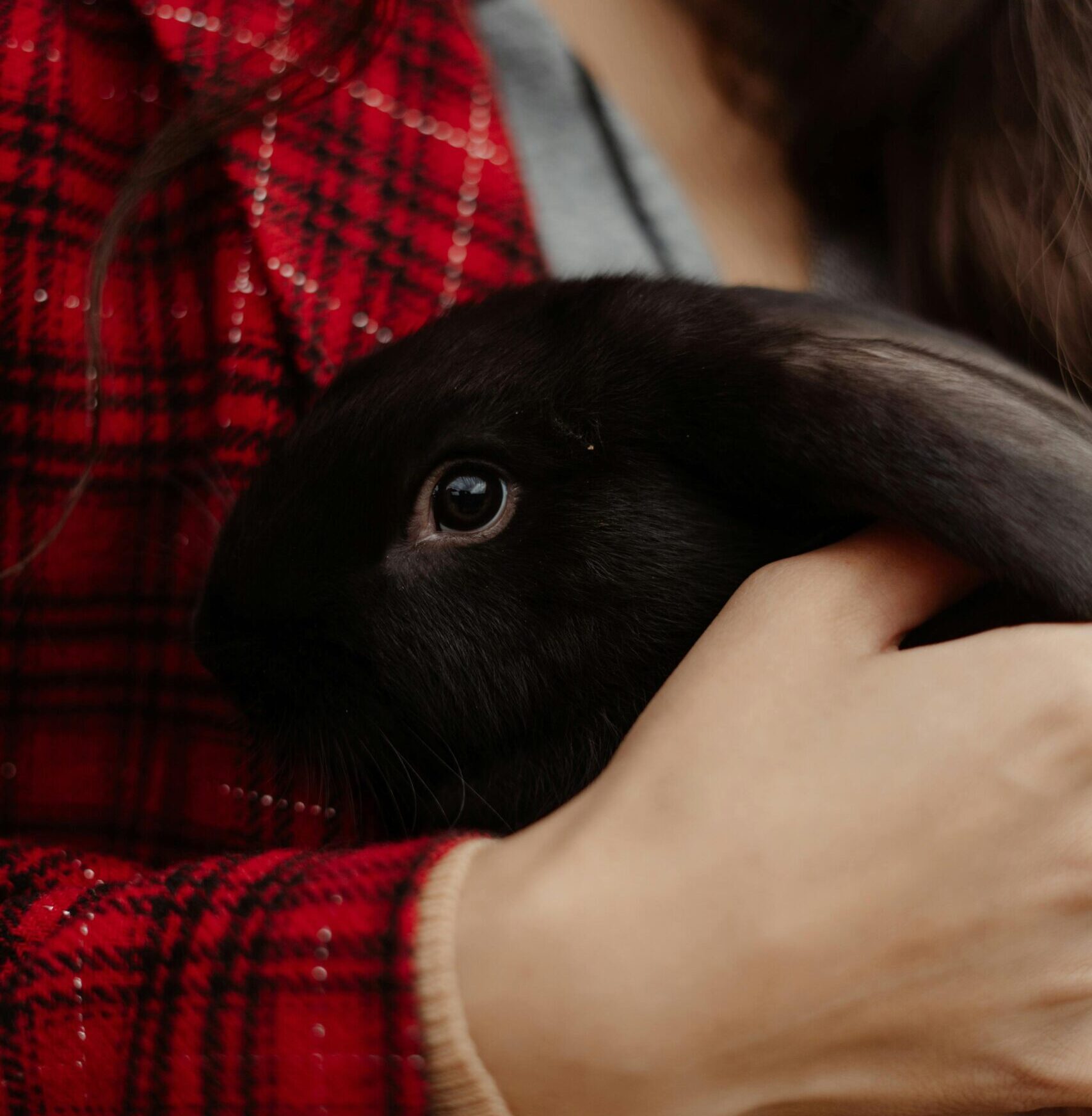
Conclusion
While rabbits don’t purr in the same way cats do, their version of purring—a soft tooth grinding—serves a similar purpose of expressing contentment and relaxation. By paying attention to this sound and other behaviors, rabbit owners can gain a deeper understanding of their pet’s emotional states. Providing a comfortable environment, proper care, and regular interaction will ensure that your rabbit remains happy and healthy, enriching both your lives.
Understanding and interpreting rabbit communication is a rewarding aspect of rabbit ownership. It allows you to create a strong bond with your pet and ensure its well-being. By recognizing the signs of contentment and addressing any signs of distress, you can provide the best possible care for your furry friend!

